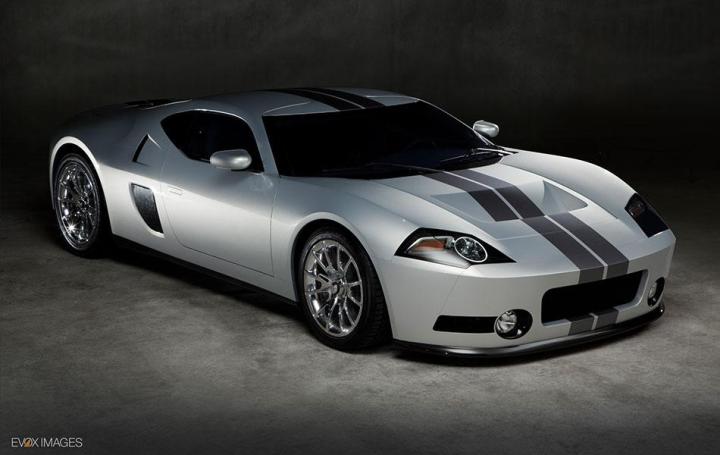
The Ford GT supercar was a pretty special car. It was modern yet vintage, stylish and yet sporty all at the same time. Sadly, though, it had short lifespan at only two years. In total, only 4,038 Ford GTs were ever built.
Although the production of the GT was short-lived with only a single generation, the designers at Galpin felt it deserving of a prolonged life. Thusly, the GTR1 was born.
Based upon the GT, the handcrafted aluminum body of the GTR1 is five inches wider than the GT. Underneath the widened, lightweight skin the GTR1 packs the same 5.4-liter V8. Galpin, however, has added twin turbos to the mix so the GTR1 now produces an estimated 1024 horsepower and 739 pound-feet of torque.
Galpin brags the GTR1 is mechanically capable of 225 mph. This would be impressive if it didn’t include that “mechanically capable” caveat. What’s it really capable of? I wonder.
To match the aluminum wide body, Galpin fitted 20-inch aluminum knock off wheels wrapped in Pirelli P-Zero tires, which are backed by six-piston brakes with full carbon rotors. The interior is a handcrafted blue leather nightmare only little blue people would love accented by an aluminum instrument cluster.

Galpin likes to think that the GTR1 is the progression of where the GT would have gone if it had lasted – both in style and performance. I’m not so sure. We think that the GTR1 is rather tame in exterior design and sort of benign in terms of engineering.
Ford has shown us some pretty fantastic cars with some spectacular body lines as of late: the Fusion, the Focus ST, the Fiesta ST, etc. I think if left to its own devices, Ford could have done much, much better than the GTR1.



